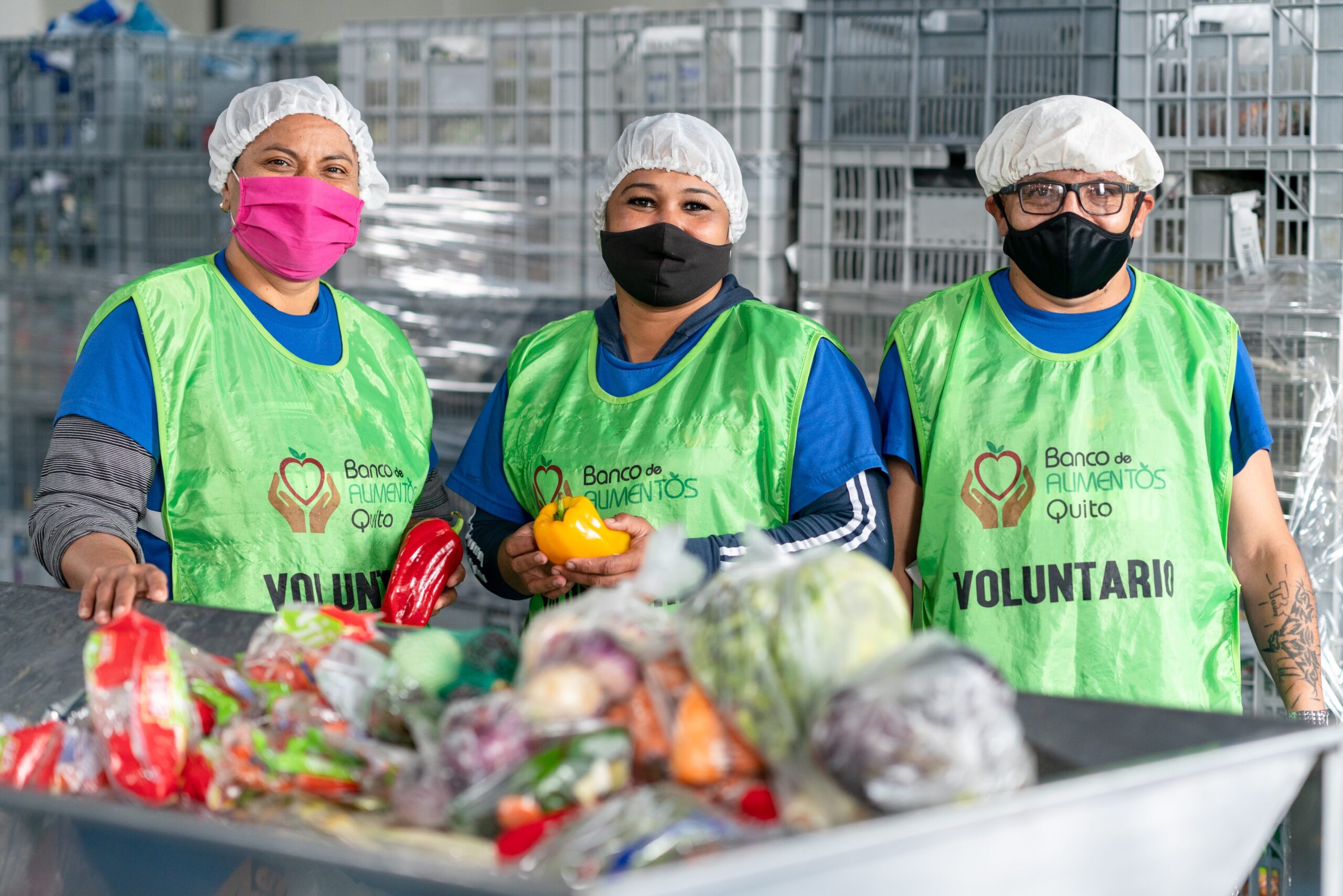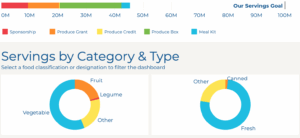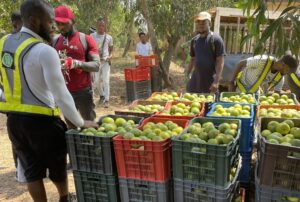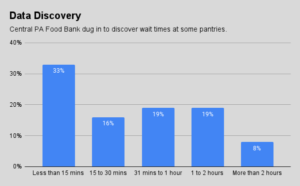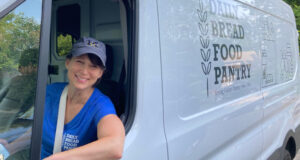What if you could tell your donors that your efforts in food rescue removed the same amount of greenhouse gas as emitted annually by 900 cars? Or restored the same amount of carbon as 63,000 tree seedlings grown for a decade?
Six food banks in Mexico and Ecuador are in the position of being able to make these claims, thanks to their work with the Global FoodBanking Network to measure the volume of methane emissions they avoided through food recovery. An analysis found that the food banks prevented 816 metric tons of methane over a year, or an average of 136 metric tons each, by redistributing food that otherwise would have gone to landfill.
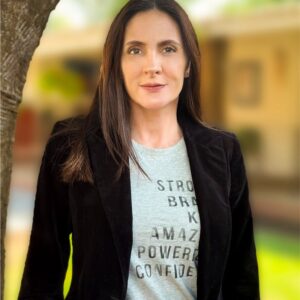
At Bancos de Alimentos de México or BAMX, work on methane emissions is helping to open the door to new donors and partners that may not be interested in the issue of food insecurity, but have an interest in the environment. “Once we talk about the environmental impact, then they get interested in partnering with us and investing money,” said Mariana Jimenez, Director General. “We can now demonstrate with science-based evidence that we are really mitigating carbon emissions, and especially methane emissions.”
The Global FoodBanking Network enlisted the Global Methane Hub and technical support from the Carbon Trust to develop a new methodology for measuring methane emissions. Reducing methane gas is seen as the fastest way to address climate change in the short term because it takes only about a decade for methane to break down, compared to hundreds or thousands of years for carbon dioxide.
The methane project has raised the profiles of the food banks working on it. In Ecuador, Banco de Alimentos Quito has been invited to meetings held by the national government and the United Nations, as well as numerous conferences to share its knowledge on topics like carbon pricing and sustainable development goals. “It’s really brought us into lots of conversations about food recovery and food banks and environmental impact,” said Alicia Guevara, Founder of Banco de Alimentos Quito.
During the pilot, the food banks had to iron out wrinkles related to measurements and conversions, but agreed that the work was not overly taxing in terms of time or resources. It mostly required tracking more data. “A food bank is likely already collecting receipts that say how much money they’re spending on gasoline or diesel, but they may not be keeping track of how many gallons they’re using,” Guevara said. She added, “There is no complex math to do. It’s about collecting data and inputting it into the platform.”
Banco de Alimentos Quito hired one full time staff person dedicated to the project during the development stage, Guevara said. More important than the additional employee was making sure the entire staff was fully trained on the importance of being precise in their data collection, she said.
Jimenez of BAMX noted that data collection is now part of the food bank’s culture. “It’s part of our systems, it’s part of our narrative,” she said. “Everyone understands how important it is to what we do.”
The new methodology for tracking methane emissions avoided is now available to other food banks worldwide. Soon, food banks in Africa and Southeast Asia will begin training on data collection related to the methodology, according to Global FoodBanking Network.
Feeding America does not have an internal measure for tracking emissions “at the moment,” said spokesperson Mitch Steichen. But it does recognize statistics from the Environmental Protection Agency as a start, he said.
Guevara of Banco de Alimentos Quito encouraged food banks to begin collecting data related to the environment “because climate change is such an important issue,” she said. “It’s a really great opportunity for food banks to show the impact they’re having.” – Chris Costanzo
PHOTO, TOP: At Banco de Alimentos Quito, Esther Salazar, Carmen Molina and Marco Velasquez classify donated food. (Credit: The Global FoodBanking Network/Ana María Buitron)
Like what you’re reading?
Support Food Bank News
